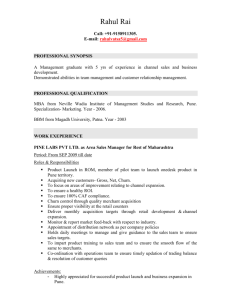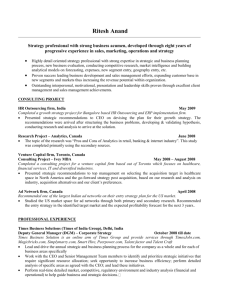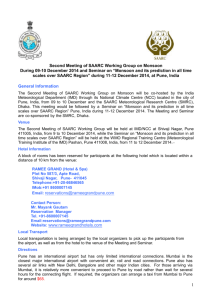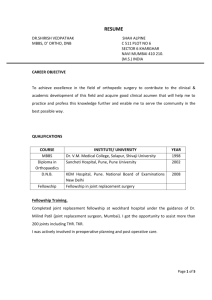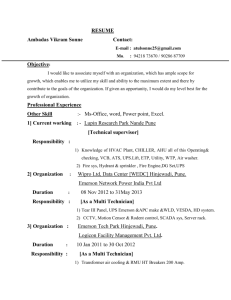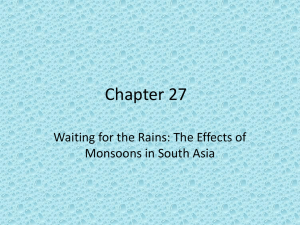Living in the Rain Shadow Pune, India
advertisement
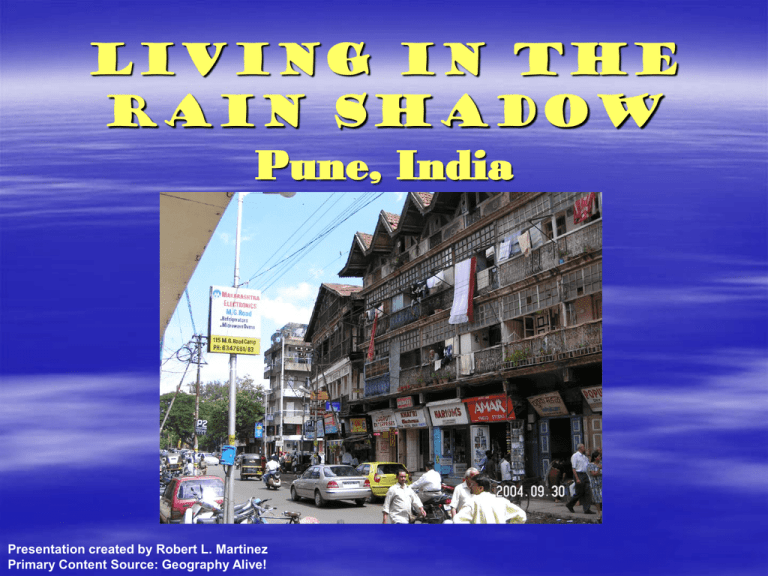
Living in the Rain Shadow Pune, India Presentation created by Robert L. Martinez Primary Content Source: Geography Alive! The city of Pune, located on the Deccan Plateau in western India, is only 115 miles from Mumbai. x x Yet Mumbai receives at least 70 inches of rain during the summer monsoons; in contrast, precipitation in Pune totals only 29 inches for the entire year. Mumbai Harbor Between Mumbai and Pune lies a mountain range known as Western Ghats. As the monsoon winds rise up the slopes of these mountains, the air cools and releases its moisture. By the time the monsoon winds reach the downwind side of the mountains, the air retains very little moisture. Pune sits in a rain shadow on the opposite side of the Western Ghats from Mumbai. While the coastal city of Mumbai must brave fro heavy rain, Pune is spared from flooding. The people of Pune have learned to survive with little water. In the past, farmers raised sugarcane, a crop that requires large quantities of water. Today they plant crops that are more drought resistant, such as sugar beets. Pune has also tried to increase its rainfall with cloud seeding, a process that involves scattering chemicals into clouds in order to bring about rain. Rain falls when the water vapor in clouds condenses into droplets, which form around tiny specks of ice in the air. Under the appropriate conditions, clouds can be seeded to encourage this condition to occur. Usually this seeding is accomplished by spraying the clouds from the air with tiny amounts of either silver iodide or dry ice. The hope is that water droplets will form around these “seeds.” It is hard to determine just how effective cloud seeding has been in Pune because no one knows how much rain might have fallen if there had been no seeding. However, for people living in a rain shadow, the chance of more rain makes seeding seem worth the expense.
